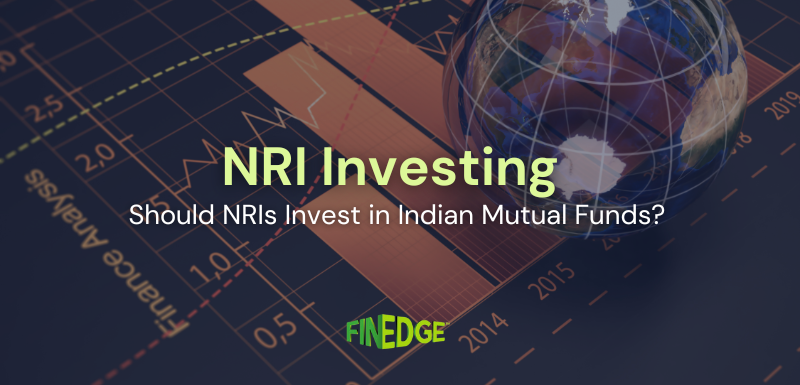4 Facts About Debt Mutual Funds Every Investor Should Know

With returns from equity mutual funds disappointing investors in 2018, there’s been a renewed interest in their safer cousin – debt oriented mutual funds, of late. However, it rings true that most investors are misinformed about the nature of debt oriented mutual funds. To avoid buyer’s regret later, acquaint yourself with these five facts about them before you decide to invest.
They’re More Tax Efficient Than FD’s – But Not Always
Since capital gains from debt mutual funds are indexed after three years, they do turn out to be more tax efficient in the long run. However, the scenario is quite different for holding periods of less than three years. Since FD interest is treated as income, it may actually be tax free if your total interest income is less than the taxable threshold and you have no other income sources. However, income generated via SWP’s from debt funds do turn out to be far more tax efficient than FD’s.
They Aren’t ‘Risk Free’
Debt Funds aren’t risk free by any measure. They possess credit (default) risk – a fact that many hapless investors realised during the IL&FS fiasco of late 2018. If any papers within their portfolio default, debt fund NAV’s may fall. In fact, debt fund returns are also inversely proportional to prevailing interest rates in the economy, meaning that the act of RBI signalling a future rise in interest rates may drag down the fund’s NAV’s as well.
G-Sec Doesn’t Mean Low Risk (In Fact, Quite The Opposite)
A very common misnomer about debt funds is that GILT funds or G-Sec Funds that invest exclusively into government securities are risk free in nature, owing to the sovereign guarantee associated with their holdings. This assumption conveniently ignores the fact laid out in the previous point about debt fund NAV’s falling in tandem with rising interest rates. In fact, it is GILT funds that are most impacted when interest rates rise.
Not All Of Them Are Suitable For Short Term Investing
Many investors harbour the incorrect belief that all debt mutual funds are suitable for short term investing. However, this isn’t the case. Debt Funds, much like equity funds, can go through lean periods and boom periods – and a complex multitude of economic factors will influence their ebbs and tides. Only debt funds that invest into high-credit rating securities that are due to mature in the next 30-180 days are really suitable for short term investing. A qualified Financial Advisor will be in the best position guide you on which category of debt fund would work best for you, keeping your unique needs in perspective.
Your Investing Experts
Relevant Articles
Responsible Credit Card Usage: Three Principles Every Consumer Should Follow
Credit cards are powerful financial tools when used correctly, offering convenience, rewards, and short-term liquidity. But when used without discipline, they can quickly turn into high-interest liabilities. Understanding a few essential principles can help you manage your cards responsibly, maintain a strong credit score, and avoid stress caused by compounding debt.
Types of Debt Funds in India
Debt funds in India offer something for everyone, from overnight investors to those with long-term goals. Knowing the types of debt funds can help you align your choices with your financial plan.
Should NRIs Invest in Mutual Funds in India?
India’s economy is entering a powerful growth phase, and NRIs have a unique chance to be part of it. Mutual funds make it simple, transparent, and goal-driven to participate in this long-term opportunity.
.png)
.png)
.png)
